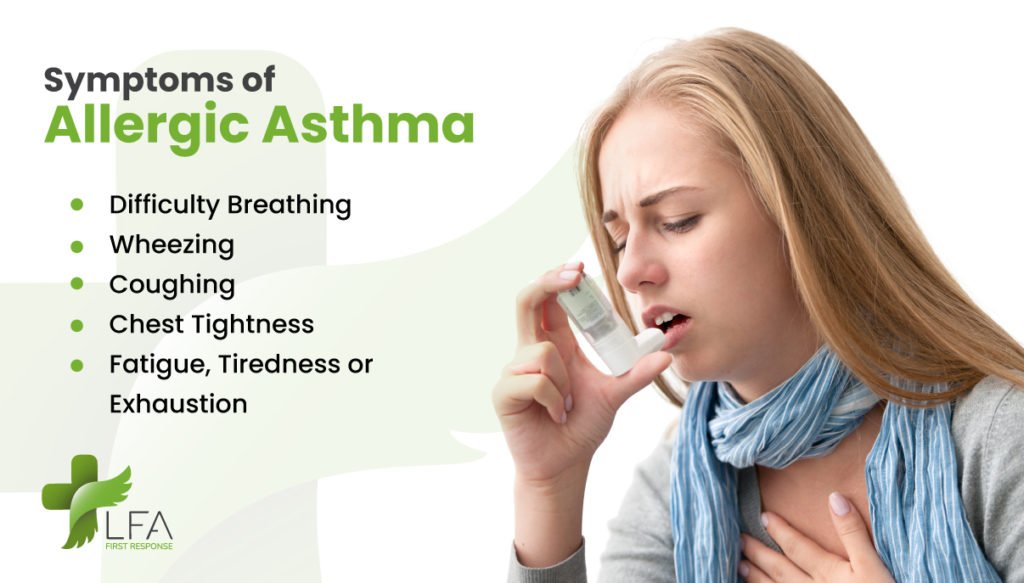Asthma can be particularly challenging to manage during seasonal changes, as shifts in temperature, humidity, and allergen levels can trigger symptoms. Understanding how to navigate these changes is crucial for maintaining control over asthma and reducing the frequency and severity of flare-ups. In this article, we’ll explore how to manage asthma during seasonal changes effectively.

Understanding Seasonal Triggers
Each season brings its unique set of triggers that can exacerbate asthma symptoms. Recognizing these triggers and preparing in advance can help you manage your asthma more effectively.
Spring Allergens
Spring is notorious for pollen, which is a common asthma trigger. Trees, grasses, and flowers release pollen into the air, leading to increased asthma symptoms in those who are sensitive. Pollen levels are typically highest in the morning and on windy days.
Summer Heat and Humidity
High temperatures and humidity can cause the airways to narrow, making it harder to breathe. Air pollution levels also tend to be higher in the summer, which can worsen asthma symptoms.
Fall Mold and Cold Air
Fall is a peak time for mold spores, which can trigger asthma. Decaying leaves and damp conditions create an ideal environment for mold growth. Additionally, as temperatures drop, cold air can irritate the airways and lead to asthma flare-ups.
Winter Cold and Flu
Winter brings cold air and an increase in respiratory infections like colds and flu, both of which can worsen asthma symptoms. Indoor allergens, such as dust mites and pet dander, may also become more problematic during this time when people spend more time indoors.
Strategies for Managing Asthma During Seasonal Changes
Managing asthma effectively during seasonal changes requires a proactive approach. Here are some strategies to help you stay in control of your symptoms:
Monitor Weather and Allergen Levels
Stay informed about weather conditions and pollen or mold spore counts. Many weather apps and websites provide daily updates on allergen levels. On high-risk days, try to stay indoors as much as possible, especially during peak hours for pollen or mold.
Use Preventive Medications
Consult your healthcare provider about adjusting your medication regimen before the start of a new season. Preventive inhalers, which contain corticosteroids, can reduce inflammation in the airways and prevent symptoms. You may need to increase the use of these inhalers during certain seasons.
Maintain a Clean Indoor Environment
To reduce indoor allergens, keep windows closed during high pollen days, use air purifiers, and regularly clean your home to minimize dust and mold. Consider using a dehumidifier in damp areas to prevent mold growth.
Dress Appropriately
During cold weather, wear a scarf or mask over your nose and mouth to warm the air before it enters your lungs. This can help reduce irritation from cold air.
Stay Hydrated
Staying hydrated helps keep your airways moist and can reduce the severity of asthma symptoms, particularly in dry, cold weather. Drink plenty of water throughout the day.
Manage Stress
Stress can trigger or worsen asthma symptoms. Practice relaxation techniques such as deep breathing, meditation, or yoga to help manage stress, especially during seasonal transitions.
Avoid Outdoor Activities During High-Risk Times
If pollen or mold levels are high, try to limit outdoor activities, particularly in the early morning or late afternoon when levels are typically at their peak. Opt for indoor exercises or activities during these times.
Get Vaccinated
Seasonal flu can exacerbate asthma symptoms, so it’s essential to get your annual flu vaccine. Additionally, discuss with your healthcare provider whether the pneumonia vaccine is appropriate for you, as respiratory infections can be more severe in people with asthma.
Have an Asthma Action Plan
Work with your healthcare provider to develop or update your asthma action plan before the start of a new season. This plan should outline your daily treatment regimen, how to handle worsening symptoms, and when to seek emergency care.
Conclusion
Seasonal changes can present challenges for people with asthma, but with careful planning and management, you can reduce the impact of these triggers on your health. By understanding the specific challenges each season brings and taking proactive steps to mitigate their effects, you can enjoy better control over your asthma and maintain a high quality of life year-round. Always consult with your healthcare provider before making any changes to your treatment plan, and be prepared to adjust your approach as needed to stay ahead of seasonal triggers.




